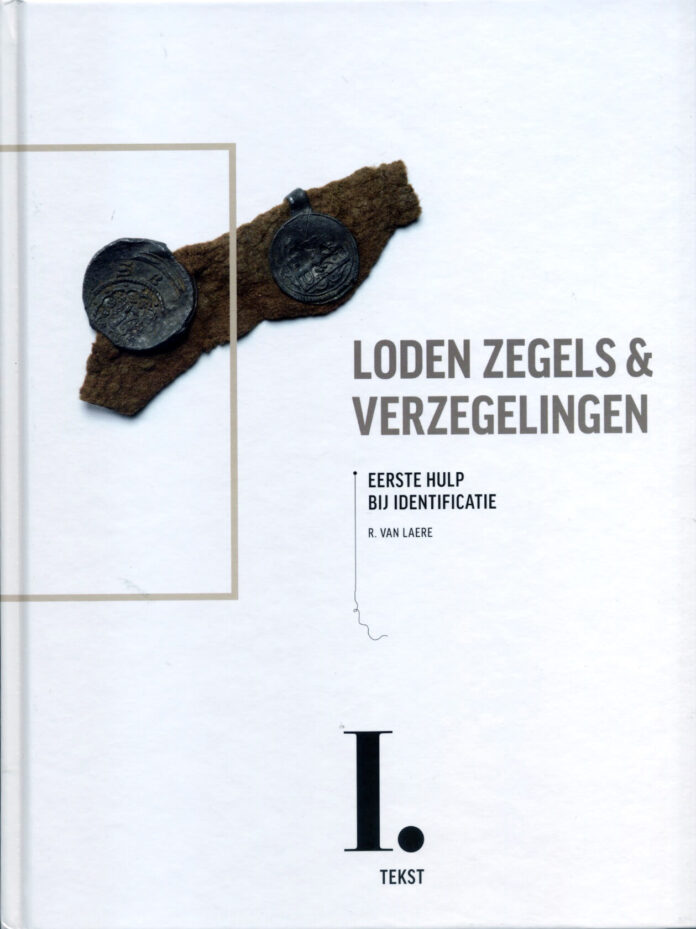
Have you ever been to Ravensburg in Swabia? No? I get that, although the city with its 50,000 inhabitants is quite pretty, it is not really a centre of international tourism (thank God!). But those who venture to visit the city – and in particular its museum of economic history – will be surprised to find out that Ravensburg was a centre of cloth production from the Middle Ages to the early modern period. Cloths from Ravensburg were sold in all parts of the world that were known at that time. And to prevent anybody from getting the idea of selling his own low-quality products abroad as Ravensburg woollen cloth, cloth inspections took place in the town hall of Ravensburg: The quality of every single product was examined and the cloths were sealed by officials of the city. Those seals travelled together with the cloths around the world, confirming to the buyer that he was getting the product he paid for.
Most of these seals were made of lead, a material that is easy to melt down and to reuse. Therefore, most of the billions of seal imprints and alnage seals many cities of the Middle Ages used to mark their famous products are lost. Only a few of them survived. Thanks to all the detectorists in Great Britain, France and the Netherlands, more of them have been discovered in recent years. And occasionally, they can be found in auction catalogues. In most cases, they are briefly described with these words: seal imprint, lead. And that’s it. Only very few catalogue authors make the effort to find out which coat of arms is depicted on the seal and which area it stems from. To all those that struggle to identify coats of arms, the new catalogue by Raf Van Laere published in 2019 as part of the series Limburg Studies is a great help.
One thing first: The author is a Belgian historian and the book is published in Flemish. (At least I guess that it is Flemish, I am not able to tell the difference from Dutch.) Therefore, not everyone will be able to read the book. (I, for example, need Google Translate in order to read it.) However – as it is often the case with numismatic books – the text is very important but not the decisive element of the work. The essential point is that there are many charts with even more illustrations! And this book is almost unbeatable when it comes to charts.
Almost 1,900 seal imprints and alnage seals from the 15th to the 18th century are depicted on more than 500 pages. The main emphasis is laid, of course, on the alnage seals of the economic region called the Burgundian Netherlands by the people of the era of Charles V. Today, we would probably speak of Belgium, the Netherlands and the North of France. About 500 pieces stem from the Netherlands, 200 from Belgium. And the other alnage seals that can be found in the charts illustrate very well which economic regions this area was closely connected with in terms of economic activity: with France (approx. 500 pieces) and England (approx. 250 pieces); but also Poland (approx. 120) and Spain (approx. 50) are represented. About 170 objects stem from Germany, most of them from the North. No piece from Ravensburg is to be found, but a single alnage seal proves that also cloths from St. Gallen found their way to the Burgundian Netherlands.
Raf Van Laere published with his two volumes a weighty work that places a peripheral field of numismatics at the centre of attention. He makes us understand the importance of seal imprints as testimonies to the flow of goods during the early modern period. After browsing through the catalogue section, probably every local collector will decide to collect the seal imprints of “his” city in the future as well.
By the way, if you order the catalogue before the end of 2019, you only pay 100 euros plus shipping. Afterwards, the price will be 150 euros. You can order both volumes directly by contacting the author.




